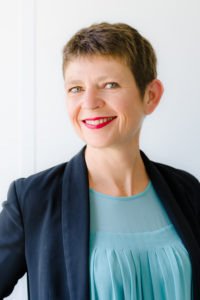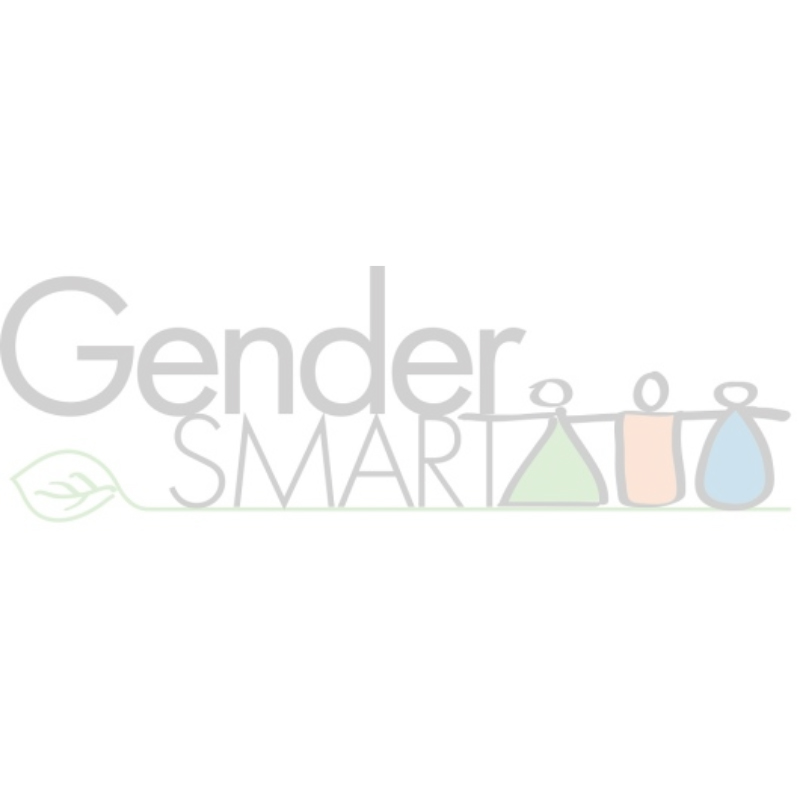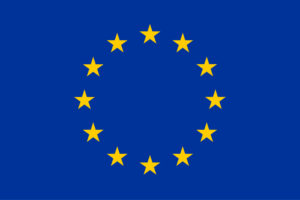“There is a growing attention to these datas. The study shows significant F/M disparities in all areas; more or less marked according to the scientific fields.”

This study on « the Generic call for proposals » was published by ANR on their Website. Below the interview you’ll find the link to the study and a document wich is an extract translated in english.
What’s the study about?
This analysis focuses on the gender representation of the projects leaders in the generic call for proposals, which is the major call launched each year by ANR since 2014. Open to all scientific fields, It engages annually 50 evaluation committees and it represents 80% of the agency’s budget attributed through 4 financing instruments. The study covers the period 2015-2020.
What are the main results?
The good news is that female are more and more represented. It increased by 5 points between 2015 and 2020. This increase remains even higher in the Young researcher instrument. However, it still shows significant Female/Male disparities in all areas reflecting the proportionality of women and men within these fields at national levels; some are more surprising.
Can you give an example?
For instance, in biology-health: in this field, overall, women represent 60% to 80% of researchers, but women in biology and health lead only 36.6% of projects.
What about the production of these indicators? Can you tell us the tendancy?
We began to publish these information in 2017. Gender-SMART strengthened this action, because we had to produce analyzes for the deliverables and self-assessments. We mobilize a dedicated service of the agency for impact analyzes, “Data Studies and Impact Analysis”, which uses internal databases to dig in the datas and cross various indicators. Globally it shows that the situation improves for Women.
Would you say there is a general interest for these indicators on Gender Balance?
I think so indeed. When the ANR published the analyzes, we had immediate reactions from journalists. There is a growing attention to these datas and it led to several interviews between February 11 and March 10 when we fulfilled a communication campaign with Gender-SMART.
What are ANR ways to promote Gender Equity?
For my part, I have been organising trainings for the presidents of the evaluation committees for 4 years and I see a real difference between the first year when the interest was not so clear, whereas today everyone is aware and seeks to find ways to reduce inequalities. For women, participating in those committees is important : for their experiences, for networking and also to know how these committees work and what the expectations are which can increase their chance of success when responding themselves to a call for papers.
ANR participates in the Gender-SMART project since 2018. We are promoting gender equality in the evaluation committees as we already said. Moreover, to make scientific women more visible, we have also a public communication action through a collection of video portraits of researchers funded by the ANR in all areas, but especially in areas where they have very little presence (see youtube ANR).
What general differences did you notice in the study according to gender and answer to the calls?
What we observed is that women want to have proof of their skills before allowing themselves to submit larger scale collaborative project when men are more capable of “trying everything for everything”, and they sometimes submit projects that could be much more interesting with a better finalization.
Last point, the scientific approaches are not identical between women and men. Approaches are different and it is important that women in committees can judge the value of these different approaches.
To follow the discussion
- English extract of the study…
- Link to the PDf file of the ANR Study (french)...
- ANR Twitter: https://twitter.com/agencerecherche
- Youtube Channel of ANR: https://www.youtube.com/channel/UCKcG-PZvskhcY8GBuzP39dA


